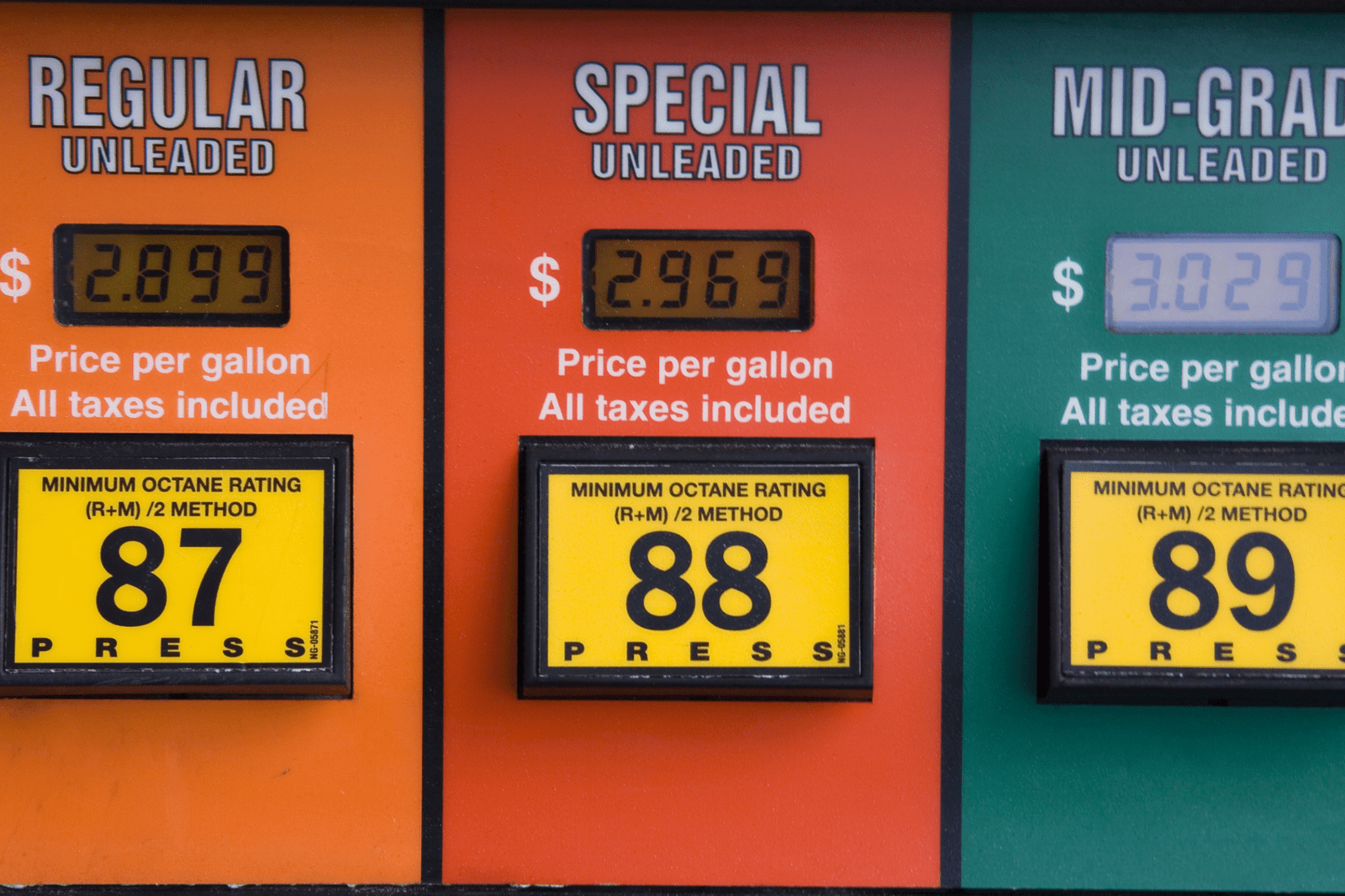As a business owner, I’ve come to understand the importance of pricing optimization in driving profitability and success. Pricing optimization involves using data and analytics to make better pricing decisions that are tailored to your target market and aligned with your business goals. By using data-driven pricing, businesses can ensure they are offering competitive prices while maximizing revenue and profit margins.
Introduction
When it comes to pricing optimization, one of the first steps is to understand your market. This involves conducting market research to identify customer needs and preferences, as well as segmenting your customer base to tailor pricing strategies. By understanding your customers’ needs and behaviors, you can create pricing strategies that are personalized and more likely to resonate with your target market. Additionally, analyzing competitor pricing can help you stay competitive in your industry.
| Basic Pricing Terminologies | Description | Formula |
|---|---|---|
| Cost-plus pricing | Adding a markup to the cost of producing a product or service | Price = Cost + Markup |
| Value-based pricing | Setting prices based on the perceived value of the product or service to the customer | Price = Value to Customer |
| Dynamic pricing | Adjusting prices in real-time based on changes in demand and supply | Price = Base Price x Demand/Supply Factor |
| Elasticity of demand | The responsiveness of customer demand to changes in price | % Change in Quantity Demanded / % Change in Price |
| Price discrimination | Charging different prices to different customers or segments based on their willingness to pay | Price = Willingness to Pay |
| Price skimming | Setting a high price for a new product or service to maximize revenue in the short term | Price = High |
| Penetration pricing | Setting a low price for a new product or service to attract customers and gain market share | Price = Low |
| Psychological pricing | Using pricing tactics to influence customer perception of value or quality | e.g. $9.99 instead of $10.00 |
| Contribution margin | The difference between sales revenue and variable costs | Contribution Margin = Revenue – Variable Costs |
| Marginal cost | The cost of producing one additional unit of a product or service | Marginal Cost = Change in Total Cost / Change in Quantity |
| Marginal revenue | The additional revenue generated from selling one more unit of a product or service | Marginal Revenue = Change in Total Revenue / Change in Quantity |
| Break-even point | The point at which total revenue equals total cost, resulting in zero profit or loss | Break-even Quantity = Fixed Costs / (Price – Variable Costs) |
| Target return pricing | Setting prices to achieve a target return on investment or profit margin | Price = (Total Costs + Desired Profit) / Quantity |
| Price points | The specific prices at which products or services are offered to customers | e.g. $19.99, $29.99, $39.99 |
| Price floor | The lowest price that can be set for a product or service | e.g. due to production costs |
| Price ceiling | The highest price that can be set for a product or service | e.g. due to competition |
| Price anchoring | Using a reference price to influence customer perception of value | e.g. displaying a higher price before the actual price |
| Cost structure | The composition of costs in producing a product or service | Cost Structure = Fixed Costs + Variable Costs |
| Price wars | Intense competition between businesses that leads to a series of price reductions | N/A |
| Skimming trap | The situation where a business becomes too reliant on high prices and struggles to lower prices to attract new customers | N/A |
In my experience, selecting the right pricing strategy and models is crucial to achieving pricing optimization. There are different types of pricing strategies and models, such as cost-plus pricing, value-based pricing, and dynamic pricing. The decision on which pricing strategy to use depends on several factors, including your business goals, target market, and industry. With data and analytics, you can better understand your customers’ behavior and use this information to make more informed decisions on pricing.
Another important aspect of pricing optimization is analyzing price elasticity and sensitivity. Price elasticity refers to how sensitive customers are to changes in price, while price sensitivity refers to the degree of responsiveness of customers to changes in price. By calculating price elasticity of demand and using data to determine optimal price points, businesses can adjust their prices to ensure they are not leaving money on the table.
Leveraging technology is also crucial in achieving pricing optimization. Pricing software and tools can streamline the pricing process and help integrate data sources for better decision-making. With sales forecasting and revenue management, businesses can use analytics to make predictions about future demand and adjust pricing strategies accordingly.
Let me start by saying that, pricing optimization is a critical aspect of business success, and using analytics and data to drive better pricing decisions is key. By understanding your market, selecting the right pricing strategies and models, analyzing price elasticity and sensitivity, and leveraging technology, businesses can optimize their pricing strategies and maximize revenue and profit margins. As a business owner who has implemented data-driven pricing, I can attest to the positive impact it has had on my business, and I recommend it to anyone looking to improve their pricing strategies.
Understanding Your Market
One of the crucial components of pricing optimization is understanding your market. By conducting market research, segmenting your customer base, and analyzing your competition, you can create pricing strategies that are personalized and competitive.
Market research is the process of gathering information about your target market, including their needs, preferences, and behaviors. With this information, businesses can create pricing strategies that are tailored to their customers’ needs, making their products more attractive and competitive in the market.
Segmenting your customer base involves dividing your customers into specific groups based on shared characteristics such as demographics, purchasing habits, or preferences. This allows businesses to create pricing strategies that are more targeted and personalized, as different segments may respond differently to different pricing models.
Analyzing your competition is another crucial component of understanding your market. By monitoring competitor pricing, businesses can adjust their own pricing strategies to remain competitive in the market. This involves researching the pricing strategies of similar businesses, analyzing how they target their customers, and identifying their strengths and weaknesses.
In my experience, the combination of market research, customer segmentation, and competitor analysis has been instrumental in creating effective pricing strategies. By understanding the market, we were able to create pricing strategies that are personalized and competitive, leading to increased sales and revenue.
Overall, understanding your market is a critical step in achieving pricing optimization. By conducting market research, segmenting your customer base, and analyzing your competition, businesses can create pricing strategies that are tailored to their customers’ needs and competitive in the market.
Pricing Strategy and Models
As a business owner who has implemented pricing optimization, I understand the importance of selecting the right pricing strategy and models. There are various types of pricing strategies and models, and the choice of which one to use depends on several factors, including your business goals, target market, and industry.
It’s important to note that there is no one-size-fits-all pricing strategy or model, and businesses must carefully consider their goals, target market, and industry when selecting a pricing strategy. By leveraging data and analytics, businesses can gain insights into customer behavior and preferences, and use this information to make more informed decisions on pricing. Read more in the posts below for more information
No posts
In conclusion, selecting the right pricing strategy and models is a critical aspect of pricing optimization. By considering factors such as your business goals, target market, and industry, and leveraging data and analytics, businesses can make more informed decisions on pricing, leading to higher revenue and profit margins. Whether it’s cost-plus pricing, value-based pricing, dynamic pricing, or other pricing strategies, the key is to be data-driven and customer-focused in your approach.
Analyzing Price Elasticity and Sensitivity
In my experience, analyzing price elasticity and sensitivity is a crucial aspect of pricing optimization. Price elasticity refers to the responsiveness of customers to changes in price, while price sensitivity refers to the degree of impact that changes in price have on consumer behavior. By understanding price elasticity and sensitivity, businesses can make better pricing decisions that lead to improved revenue and profit margins.
To calculate price elasticity of demand, businesses need to analyze the relationship between changes in price and changes in quantity demanded. For example, if a business increases the price of a product by 10%, how much will the quantity demanded decrease? This can be calculated by dividing the percentage change in quantity demanded by the percentage change in price. If the result is greater than one, the product is considered elastic, which means that changes in price have a significant impact on demand. If the result is less than one, the product is considered inelastic, which means that changes in price have a relatively minor impact on demand.
Steffi’s Blog
By using data to determine optimal price points, businesses can make better pricing decisions that are tailored to their customers’ behavior. For example, if a business knows that their product is elastic, they may need to adjust their prices more frequently to remain competitive. On the other hand, if their product is inelastic, they may be able to increase prices without experiencing a significant drop in demand.
Pricing optimization can also involve analyzing price sensitivity, which refers to how much of an impact changes in price have on consumer behavior. Factors such as brand loyalty, customer perception of product quality, and availability of substitutes can all impact price sensitivity. By analyzing price sensitivity, businesses can better understand how much flexibility they have in pricing their products.
One way to analyze price sensitivity is to conduct price testing. This involves testing different prices for the same product to see how customers respond. By analyzing the results of price testing, businesses can identify the price point that maximizes revenue and profit margins.
Hence, analyzing price elasticity and sensitivity is a crucial aspect of pricing optimization. By understanding price elasticity, businesses can make more informed decisions about adjusting their prices to remain competitive. By analyzing price sensitivity, businesses can better understand how much flexibility they have in pricing their products. By using data to determine optimal price points and conducting price testing, businesses can optimize their pricing strategies and improve their revenue and profit margins.
Leveraging Technology for Pricing Optimization
As someone who has implemented pricing optimization using analytics and data, I’ve found that leveraging technology is an essential aspect of achieving pricing success. There are many pricing software and tools available that can help businesses streamline their pricing process and make more informed decisions.
One way to use technology for pricing optimization is by using pricing software and tools to automate the pricing process. This can help businesses to quickly respond to changes in the market and competitor pricing. Additionally, pricing software can help to integrate data sources and provide real-time analytics, allowing businesses to make more informed pricing decisions.
Another way to leverage technology for pricing optimization is by integrating data sources. By collecting and analyzing data from different sources, businesses can gain insights into customer behavior and preferences, as well as competitor pricing. This data can be used to inform pricing decisions and help businesses to stay competitive in their industry.
Sales forecasting and revenue management are other ways to use analytics for pricing optimization. By analyzing sales data and using forecasting models, businesses can predict future demand and adjust pricing strategies accordingly. Revenue management involves setting prices based on customer demand and availability, which can help businesses to maximize revenue and profit margins.
In my experience, using technology for pricing optimization has been invaluable. By automating the pricing process, integrating data sources, and using analytics for sales forecasting and revenue management, my business has been able to make more informed pricing decisions and achieve better results.
| Pricing Technologies | Advantages | Uses |
|---|---|---|
| 1. Price Intelligently | Provides real-time data analysis | For SaaS businesses |
| 2. Wiser | Competitive price tracking and monitoring | For retail and ecommerce |
| 3. Competera | AI-powered dynamic pricing and optimization | For ecommerce and retail |
| 4. Prisync | Real-time price tracking and competitor analysis | For ecommerce |
| 5. BlackCurve | Automated pricing optimization | For any industry |
| 6. Zilliant | Predictive analytics for pricing and sales growth | For B2B industries |
| 7. Omnia | Automated pricing for retail and ecommerce | For retail and ecommerce |
| 8. ProfitWell | Subscription pricing analytics and optimization | For SaaS businesses |
| 9. Vendavo | Pricing and margin optimization for B2B | For B2B industries |
| 10. Quicklizard | AI-powered pricing optimization | For any industry |
| 11. Pricefx | Cloud-based pricing management | For any industry |
| 12. Incompetitor | Competitive pricing analysis | For ecommerce |
| 13. Aura | Dynamic pricing and revenue management | For hospitality and travel |
| 14. Skuuudle | Competitive intelligence for pricing and products | For ecommerce |
| 15. Perfect Price | AI-powered dynamic pricing optimization | For any industry |
| 16. Price2Spy | Competitor price monitoring and analysis | For ecommerce |
| 17. PriceGrid | Dynamic pricing optimization and competitor analysis | For ecommerce |
| 18. Prisync | Real-time price tracking and competitor analysis | For ecommerce |
| 19. Atomize | Automated revenue management and dynamic pricing | For hospitality |
| 20. RoomPriceGenie | Automated pricing and revenue management for hotels | For hospitality |
Leveraging technology is crucial in achieving pricing optimization using analytics and data. Pricing software and tools, integrating data sources, and using analytics for sales forecasting and revenue management are all ways that businesses can improve their pricing strategies and maximize revenue and profit margins. As someone who has implemented these techniques, I highly recommend it to anyone looking to improve their pricing optimization efforts.
Wrapping Up
Summing up, pricing optimization through the use of analytics and data is critical for businesses looking to achieve profitability and success. By following the steps outlined above, businesses can develop effective pricing strategies that are tailored to their target market and business goals. Leveraging technology such as pricing software and tools can also help streamline the pricing process and improve decision-making.
The future of pricing optimization lies in continued advancements in technology and data analysis. With the rise of artificial intelligence and machine learning, businesses will have even more tools at their disposal to make data-driven pricing decisions. Additionally, as more businesses adopt data-driven pricing, there will be increased competition and pressure to stay competitive through effective pricing strategies.
In my experience, businesses that prioritize pricing optimization through the use of analytics and data have a distinct advantage over those that do not. By optimizing pricing strategies to align with customer needs and market trends, businesses can maximize revenue and profit margins, leading to sustained growth and success.
Steffi’s Blog
However, it’s important to remember that pricing optimization is not a one-time task, but rather an ongoing process. Regularly analyzing customer behavior, market trends, and competitor pricing can help businesses stay ahead of the curve and ensure their pricing strategies remain relevant and effective.
To conclude, I highly recommend that businesses invest in pricing optimization through the use of analytics and data. By doing so, they can achieve a competitive edge in their industry, maximize profitability, and set themselves up for long-term success.










